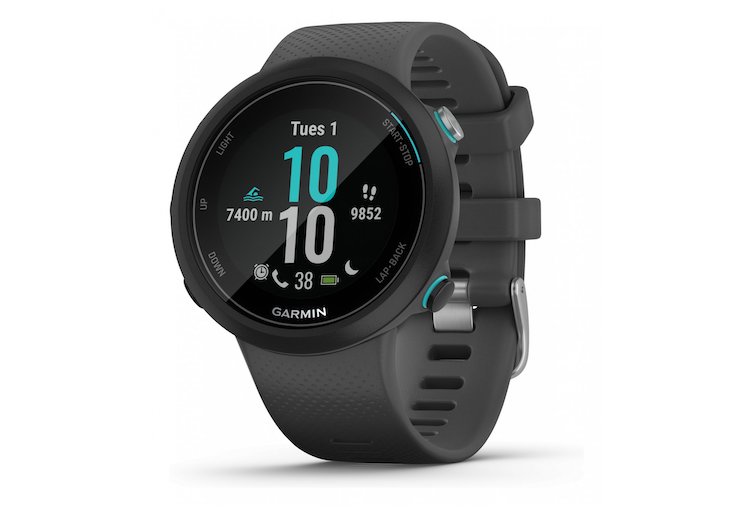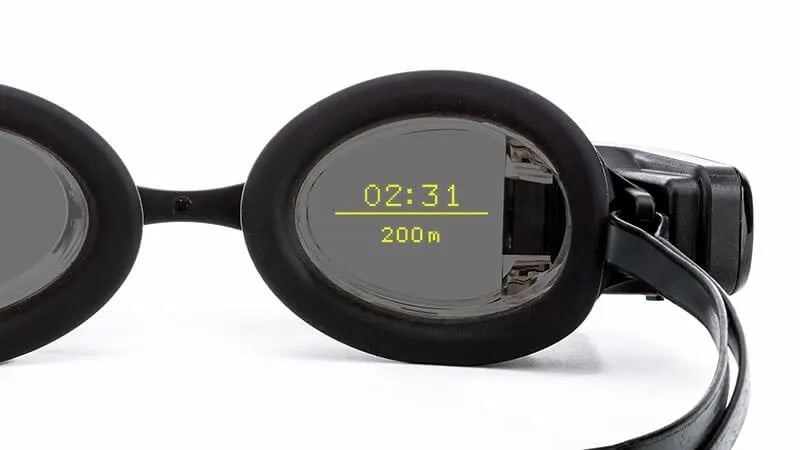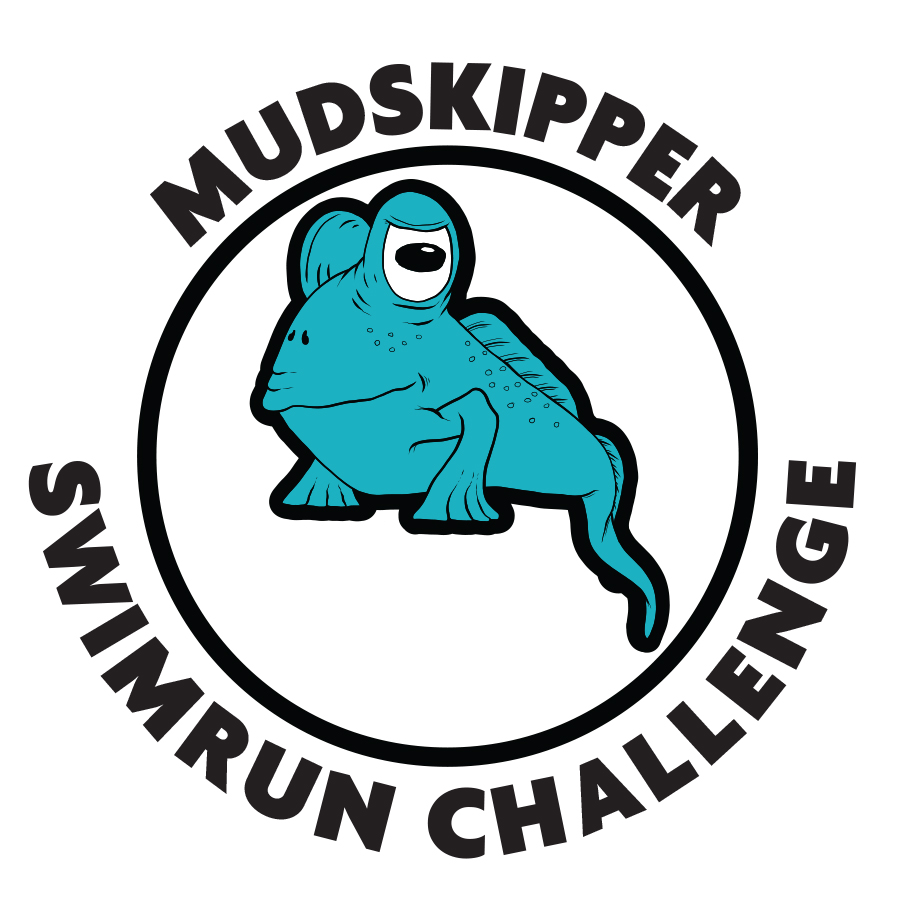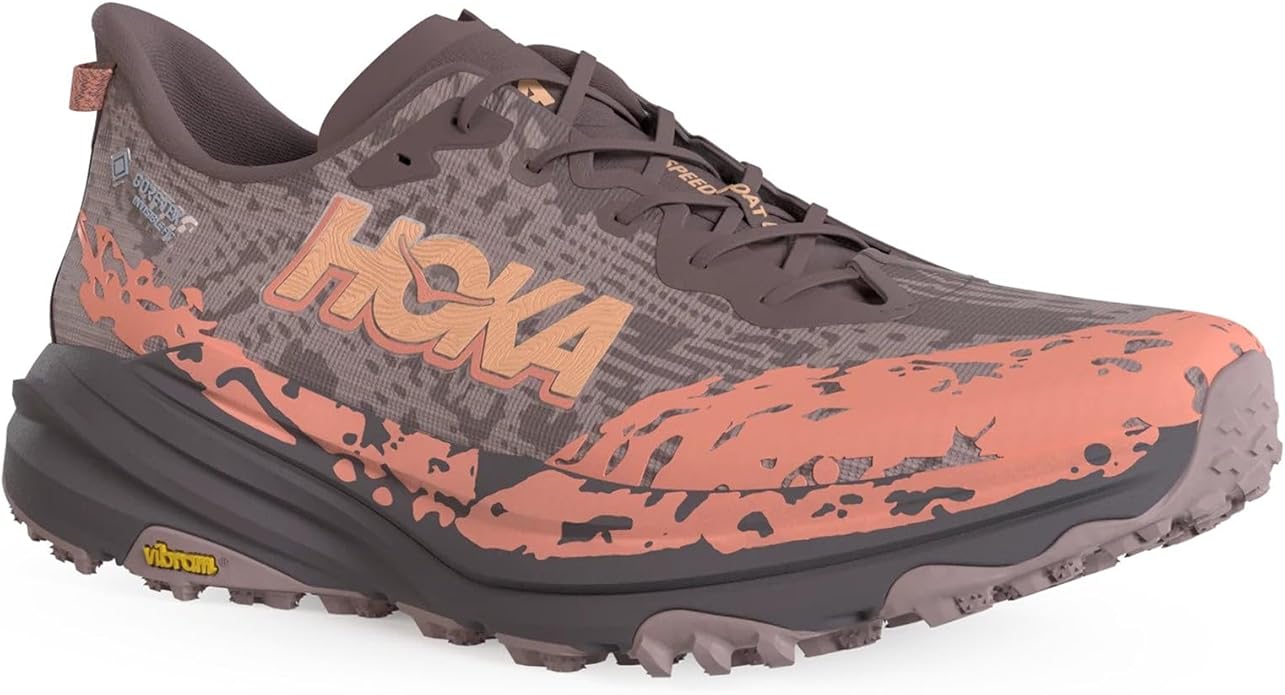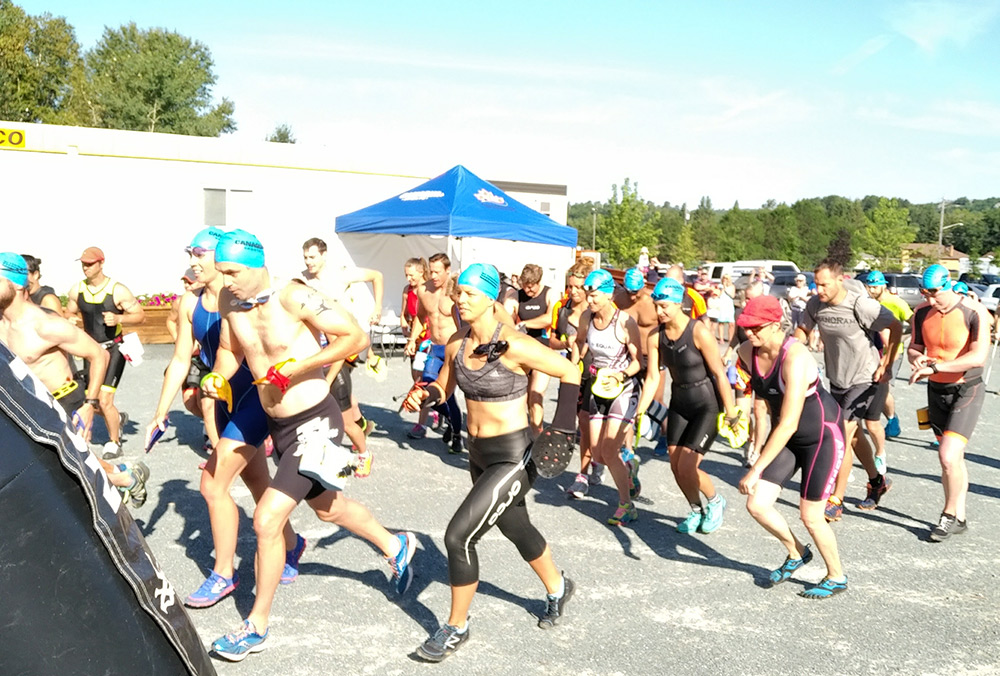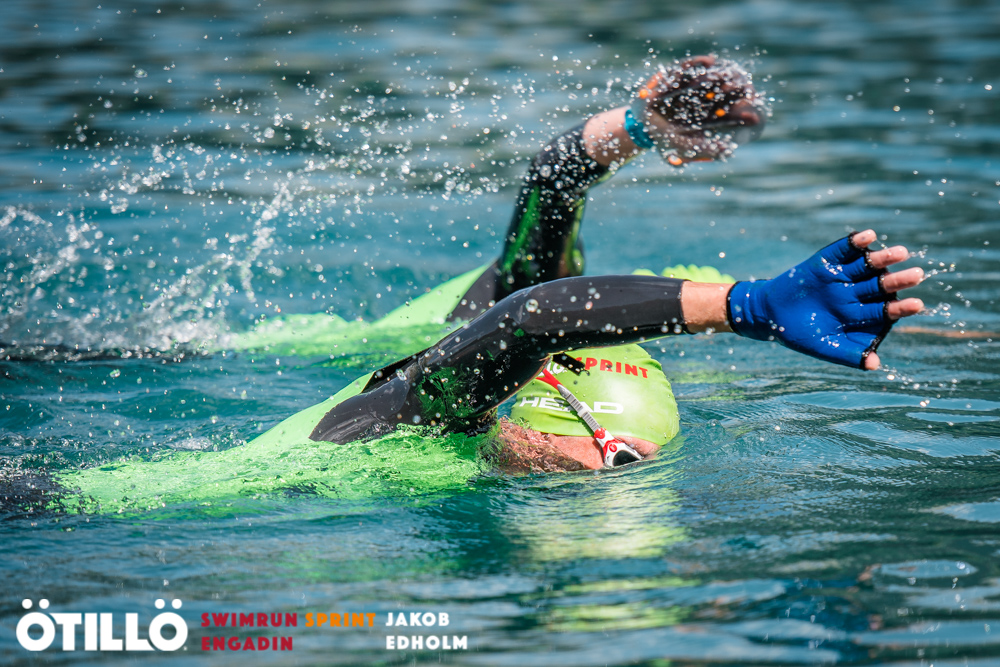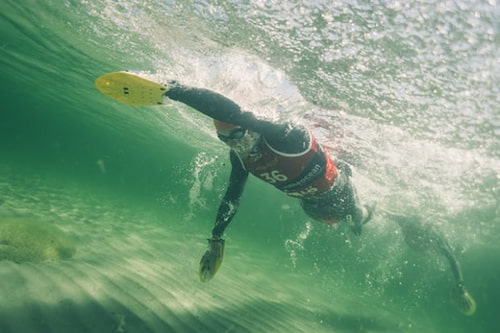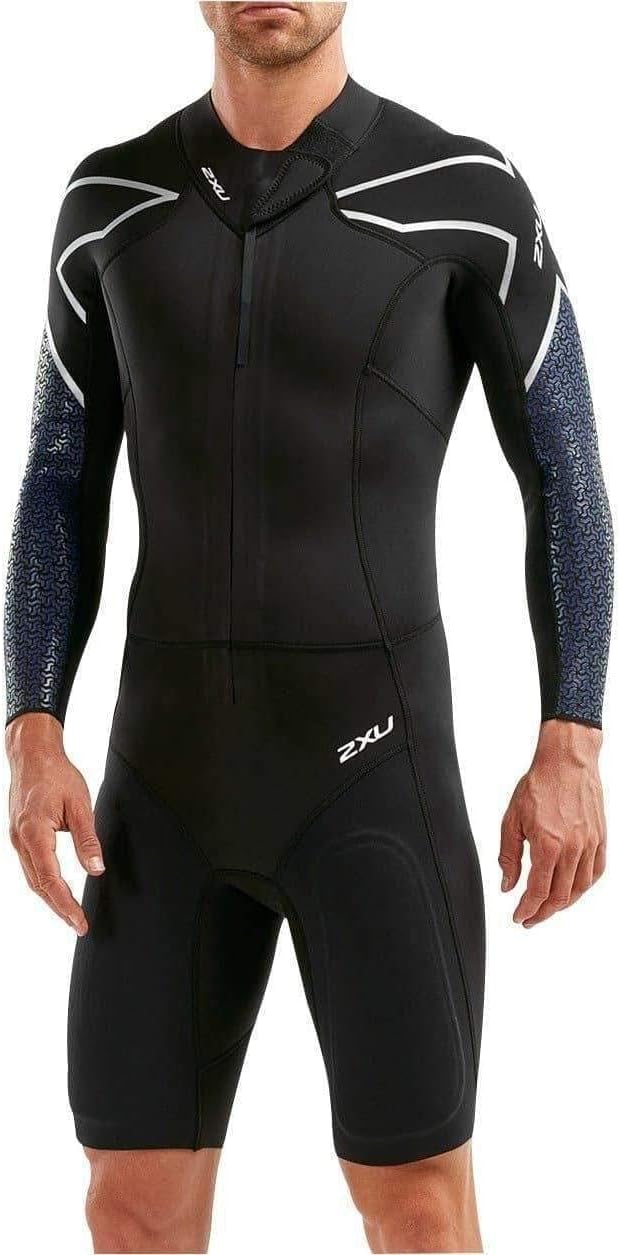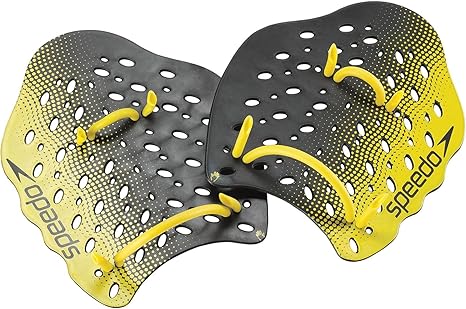SwimRun For Seniors
By Richard Mitchell and Chris Donald
Updated January 2025
If you are looking for a Swimrun for Seniors, you might wonder what to look for. We can tell you! As Senior Swimrunners ourselves, we have tried various events and different distances and with different organizers; we can tell you that there are HUGE differences between the events, and choosing suitable events for Seniors is not easy.
We are here to make your job easier! But first, we need to accept that, as we get older, we have to change the way we do things.
Why would this be? Why can't we just carry on training as we always did?
For great accuracy and detailed swimming data, check out the Garmin Swim 2 GPS smartwatch for the pool and open water!
For more information and the best price check out Amazon HERE!
SwimRun for Seniors
When you're over 50, there are certain things you need to consider modifying when it comes to your exercise regime. This is because your body adapts more slowly to the stresses of training, and needs more time to recover.
The most significant changes that occur with aging are those affecting muscle. (1.) This is due to declining levels of testosterone, which is responsible for building muscle tissue in response to stress. Studies reveal a 30% reduction in lean muscle mass from age 30 to 70.
The net effect of this reduction in muscle fiber numbers, muscle fiber size and muscle motor neurons is a loss of muscle strength - as much as 2% a year, according to Tucker and Dugas (1.), resulting in a 40% loss in strength by age 70.
As a result of this, your body's metabolic rate also declines, because you don't burn as much energy during the day as previously. AND your bone mineral density decreases.
 Swimming senior
Swimming seniorSporting injuries happen when your training stress exceeds a "threshold for adaptation". Unfortunately, the aging processes mentioned above lower this threshold. And so your risk of injury increases, substantially. Your body's ability to adapt to the stress of training is reduced, and you can no longer repair damage by laying down stronger muscle fibers, as you could when you were younger.
In women, changes are even more pronounced. The most relevant for runners is decreased bone mineral density. This predisposes women to a condition called osteopenia, which is the precursor to the much more serious osteoporosis.
BUT the excellent news is that running (because it is a weight bearing exercise), is one of the most effective ways of preventing osteoporosis. A great reason to continue running and swimming as the years go by!
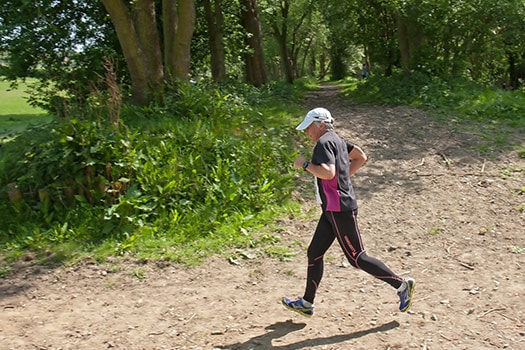 Running for health
Running for healthHOWEVER, over-training, where you exceed your body's ability to adapt, can be avoided with some careful planning. If you DON'T avoid it, you will enter a condition called "acquired intolerance to training".
This is the final point of exhaustion. We have moved beyond the stage of adaptation to training into a stage of total exhaustion. Our bodies can no longer adapt.
WHAT CAN YOU DO to continue training without hitting the "intolerance to training" barrier?
Swimrun For Seniors
Here are a number of ways in which you can continue to train while minimizing your risk of developing "acquired intolerance to training".
1. Try to avoid short, sharp repetitions when doing interval training, whether it be swimming or running. Instead of doing high intensity sprints over short distance, for example 25 meters swimming flat out or 100 meters running flat out, it's better to focus on 100 meter repetitions swimming at 80% effort, and 400 meter running reps, at 80% effort.
This reduces stress and therefore reduces your risk of injury and over-training.
2. Rest days are even more important than when you were younger. At a minimum, you need 1 full day of total rest per week! Interestingly, in his book "Running with the Kenyans", author Adharanand Finn noticed that, on their rest days, the Kenyan runners in the camp literally did NOTHING.
Never mind it being a rest day from exercise, they quite literally lay around on their camp beds all day, barely making any exertion at all except to drink tea. That is how seriously they take the concept of a rest day!
When you are undertaking Swimrun for Seniors, you should also try to minimize any unnecessary activity on your rest days. And I advocate 2 full rest days a week for most weeks.
3. Supplementary training.
As well as just swimming, running, and combining the 2 in swimrun sessions, we need to think about additional low-impact training. There are 3 main activities to look at;
- Pilates,
- stretching,
- and strength training.
Pilates classes are excellent for building core strength, improving your balance, and using muscles not normally involved in swimming and running.
Stretching exercises help to prevent muscles from gradually shortening, improving flexibility, and helping to maintain a greater degree of movement. Flexibility is extremely important in both swimming and running.
Strength training also becomes more important as the years go past, helping to reduce loss of muscle bulk and muscle strength.
4. Training frequency v quality. It's better to do 3 days of high quality training than 4 or 5 days of lesser quality training. Quality will always beat sheer volume of training, and lower volume reduces risk of injury and over-training.
5. Pay attention to your nutrition. Everyone is different in their requirements, but some nutrition supplements can be helpful such as Chondroitin and Glucosamine.
6. Pick your events with care. While there are some competitors doing Ironman triathlons in their 70's and 80's, for most of us it's better to attempt more moderate distances, to reduce the chances of strains and injuries that will take longer to settle than when we were younger.
We recommend what are called "the middle distance" races at most Swimrun events. This typically involves covering around 20 km to 25 km in total. The proportion of swimming to running can vary from 8% swimming to 21% swimming, depending on the event and the course.
Swimrun for Seniors
By paying attention to the requirements of taking part in Swimrun for seniors, you can maximize your chances of finishing your chosen race and also your enjoyment of it - AND reduce your risk of injury, over-training and developing acquired intolerance to training.
REMEMBER to get a full physical check with your Doctor before you start out on a new training exercise regime.
If you're looking for a first race to enter, have a look at our page on First Swimrun event.
Don't forget to check out our calendars to find a race near you:
Swimrun Calendar USA -World 2025
References;
1. The Runner's Body, by R. Tucker, PhD and J. Dugas, PhD
Page written by Dr Richard Mitchell, and Chris Donald, U.K. endurance athletics coach.
Monitor your activity and performance while you are swimming with the
CLICK HERE for further details and the BEST PRICE at Amazon!
www.swimrun-advice.com works with the following Swimrun companies:
